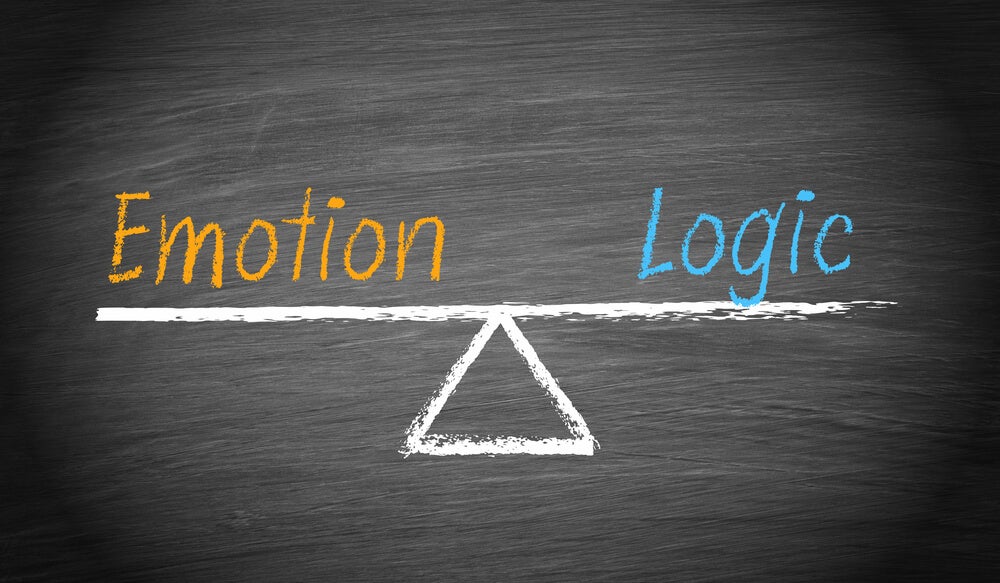Being able to lead is one of the most important skills for people who work as a team, whether it’s a business leader or someone who needs to motivate others, having the ability to inspire and lead is critical to achieving all kinds of goals. many ways to do this, and one of the most effective is emotional leadership.
This concept was created by Daniel Goleman, Richard Boyatzis, and Annie Mckee in their book Primal Leadership. In the book, the authors talk about the six types of emotional leadership. Each of them is helpful in a given situation, but the good news is that we can all develop emotional leadership with some effort and dedication.
- Emotional leadership.
- However.
- Is not the only way to lead and coordinate a team or group.
- In this article today we will see exactly what it is and what are the main advantages and disadvantages compared to a more rational approach to the situation.
The leadership styles described by Goleman, Boyatziz and Mckee differ from others described by other authors by their important emotional components, i. e. by their effects on ringleader emotions; This way, each of the six types will have a different impact on how a group or team feels. Thus, depending on the results you want to achieve, it will be more effective to use one or the other.
One of the most important concepts of Primordial Leadership is that there is no better style of emotional leadership than others, each of which has a number of advantages and points that do not always fit well.
It is necessary to know them in order to decide, if necessary, which one to use at that particular time. A good leader should be able to master all types and choose the most suitable for each situation.
The six types of emotional leadership are
Although each of them has its own specific characteristics and therefore quite different, they are all based on understanding the emotions of others, that’s why the concept is called emotional leadership. But is it really more appropriate to always use these six styles to lead a group?The answer depends on the circumstances we face.
The reality is that, like almost any other skill or thought, this way of thinking about leadership has negative and positive aspects, below we will see some of the most important. This will help us decide in each situation whether we should appeal to emotions, whether it is the most appropriate one or whether, on the contrary, it is necessary to use a more logical and less empathetic vision.
It is undeniable that leading a team based on developed emotional intelligence will bring us many benefits, one of the most important is that doing so in this way will help us to strike a balance between achieving our goals and building good relationships in the work environment.
This is likely to mean sacrificing, to some extent, the efficiency of the business, but in turn it will bring greater well-being and happiness to workers.
On the other hand, a good emotional leader will be able to appreciate the positive characteristics of his entire team, by using the lessons of this group leadership style, we can help others to discover their own talents and develop fully. motivate employees, which is essential for the proper functioning of the company.
On the other hand, using an emotional leadership style may not be the best idea in all circumstances, sometimes doing so can lead to a number of negative repercussions, such as those listed below:
Most of the time we will be able to adopt one of six types of emotional leadership and that will be very beneficial for a company or a team, however, sometimes we will have to consider whether it is really better to do so, both for the workers and for the defined objectives. As in almost every area of life, the answer is not as simple as a yes or no.

